The Best Time to Plant Garlic by Zone (And Why Timing is Everything)
Get your garlic planting schedule right. Follow our zone-by-zone advice for a successful harvest next summer.
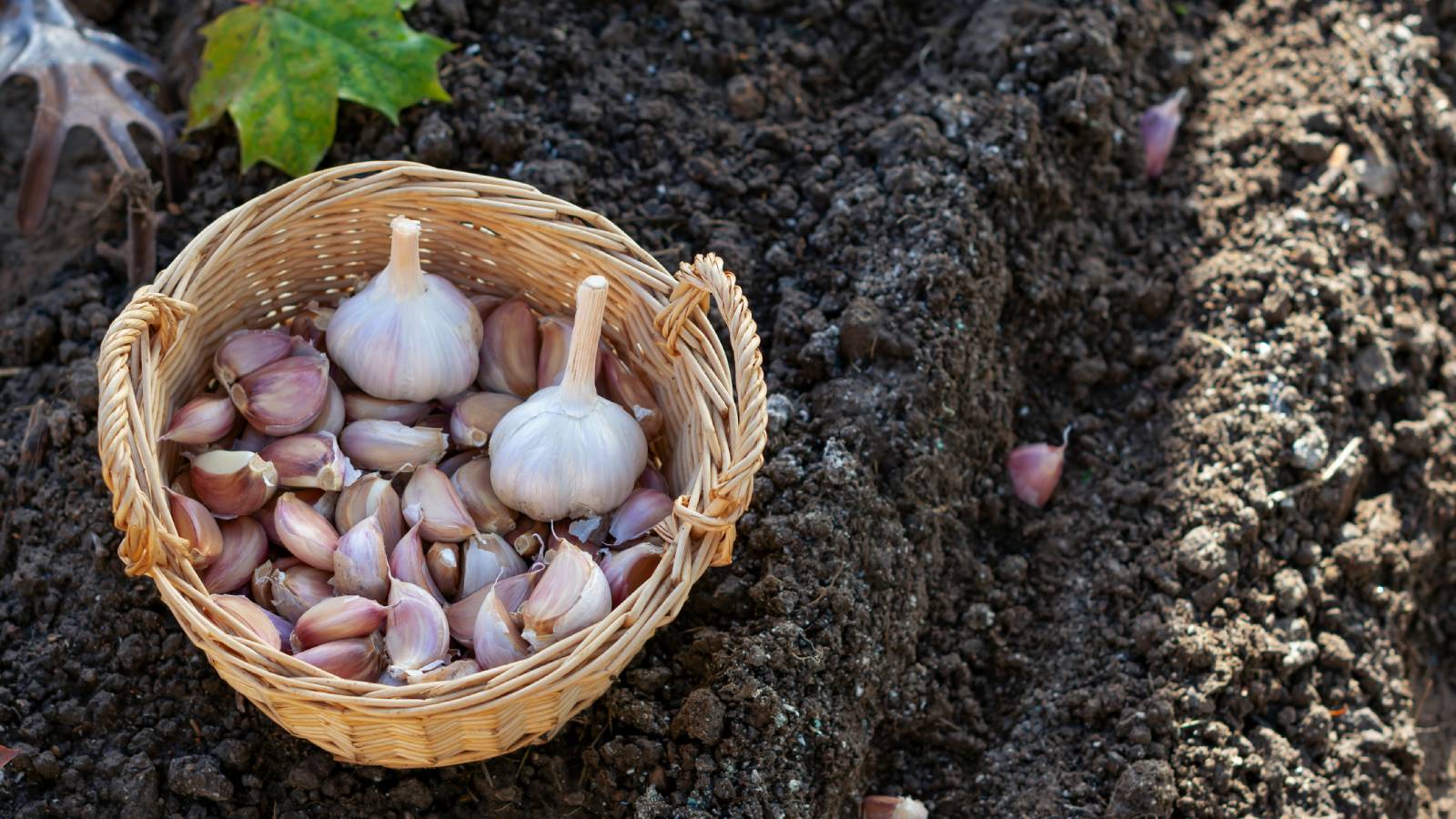

Garlic planting schedule matters to nail a killer harvest. Pick the best time to plant garlic by zone, and your cloves will thrive. No matter your experience level, these moves keep your garlic game strong.
Timing is everything when you're learning when to plant garlic by zone. Wrong move, and your cloves flop, barely sprouting or bolting early. Get it right, and you’re pulling fat bulbs next summer. Where you live sets the rules, so zone matters big time.
Soil prep’s key for when to plant garlic, and growing garlic starts with loose dirt. Break up clumps, add compost, and keep it drained. Poor soil tanks your crop, but good prep locks in strong roots. Get this right, and your garlic’s off to a solid start.
Garlic varieties and their cold needs shape your garlic planting schedule. Hardneck or softneck picks depend on your zone’s winter chill. Some need a cold snap to bulb up, others don’t. Choose right, and your harvest’s set to crush it come summer.
Zones 1‑3
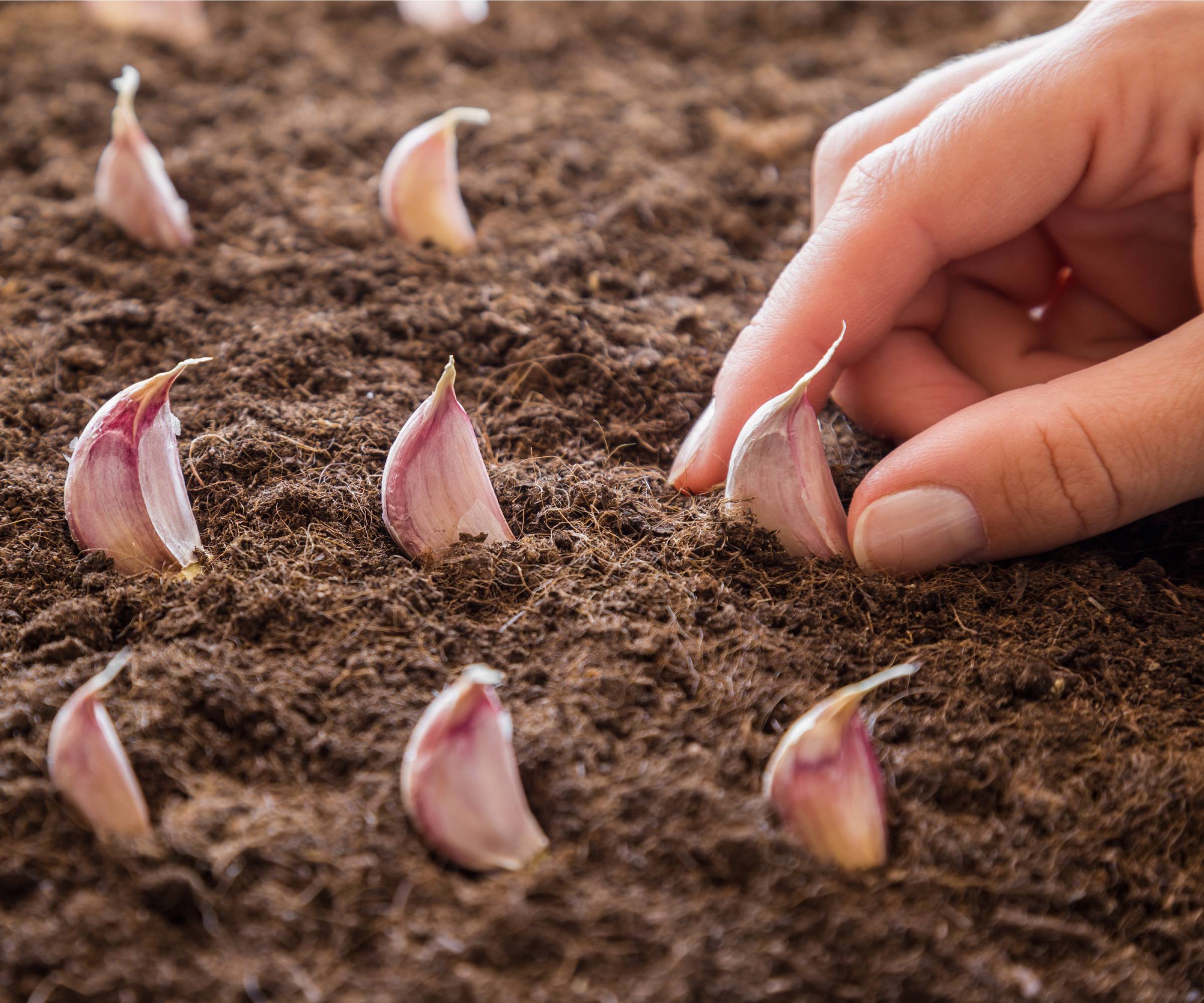
Up in Zones 1-3, winter is brutal, and growing seasons are short. Garlic needs that cold to form bulbs, so you absolutely need to plant before the ground turns to ice. A solid garlic planting schedule relies on heavy mulch to save your cloves from freezing solid.
Planting Time: Late September to early October
Late September hits right for planting garlic in these zones. Early October is fine too, but don’t wait longer. Cloves need time to root before snow locks the soil.
This is because garlic craves a cold spell, called vernalization, to grow right. These zones deliver plenty of chill, but you must plant early to let roots settle before winter’s deep freeze. Miss it, and bulbs come out small or won’t form.
Sign up for the Gardening Know How newsletter today and receive a free copy of our e-book "How to Grow Delicious Tomatoes".
Choose hardy, hardneck garlic varieties that suit cold zones and thrive in harsh winters. Music Garlic Bulbs, a type of porcelain garlic, are tough as nails.
If possible, plant your garlic in raised beds – they have better drainage and warm soil faster. A VegTrug Raised Garden from Amazon keeps roots happy. Mulch heavily to protect cloves, insulating against freezes. GardenStraw Mulch from Amazon works great.
Zones 4-6
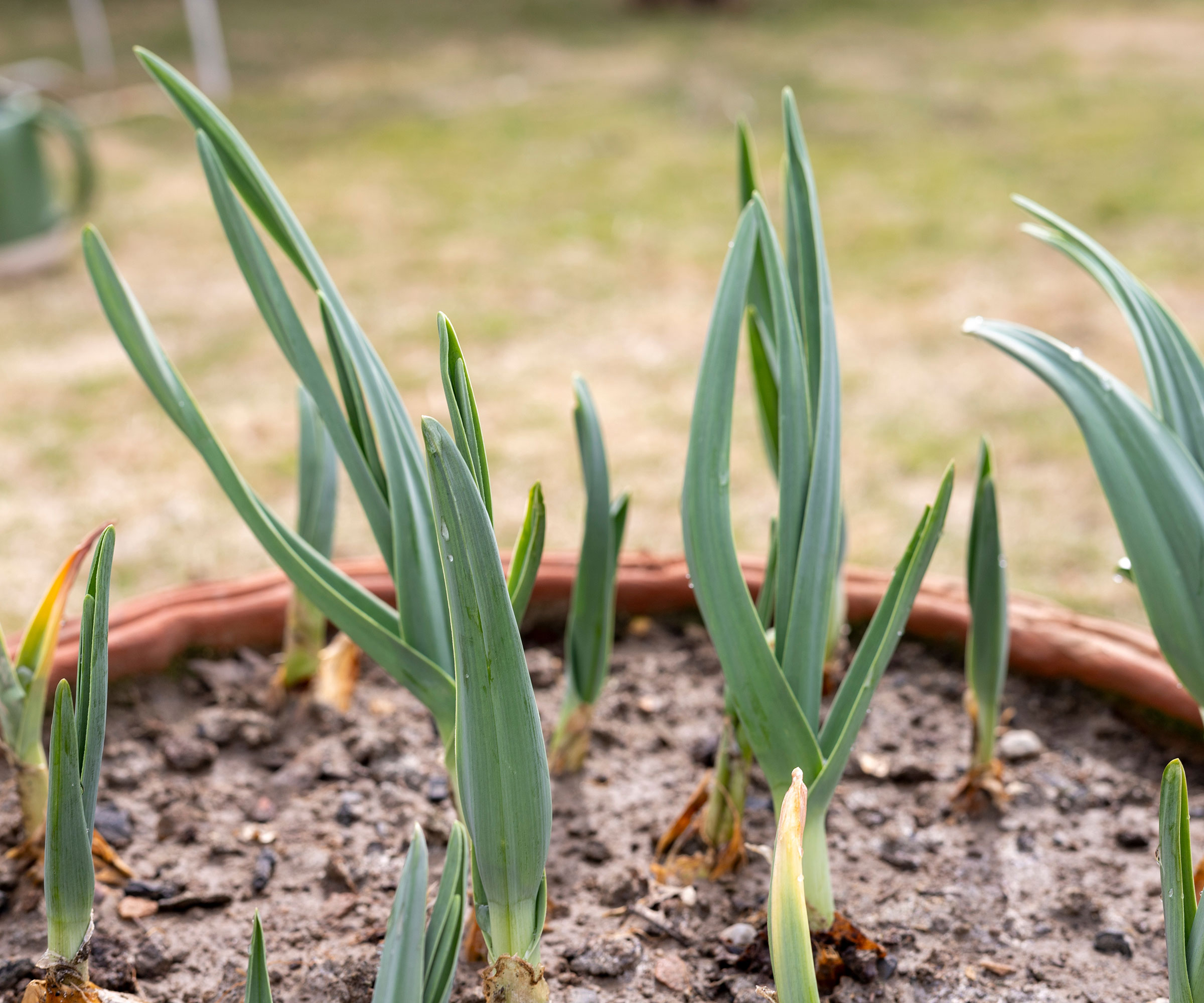
Zones 4-6 get chilly but not Arctic-level. You’ve got a decent window for planting garlic, setting roots before winter naps kick in. The best time to plant garlic here is a perfect balance between cold and root growth for the strongest garlic planting schedule.
Planting Time: Mid-September to late October
Mid-September starts the garlic planting schedule right. Push to late October if needed, but earlier is better for solid roots. Don’t let frost catch you off guard.
Soil prep is key for success, and good soil preparation starts with loose dirt. Break up clumps, add compost, and keep it drained. Poor soil tanks your crop, but good prep locks in strong roots.
Garlic varieties and cold needs shape your garlic planting schedule. Hardneck or softneck picks depend on your zone’s winter chill. Some need a cold snap to bulb up, others don’t. Choose right, and your harvest’s set to crush it come summer.
German White Garlic, a hardneck variety, grows strong. Inchelium Red Garlic, a softneck, stores long.
Zones 7-9
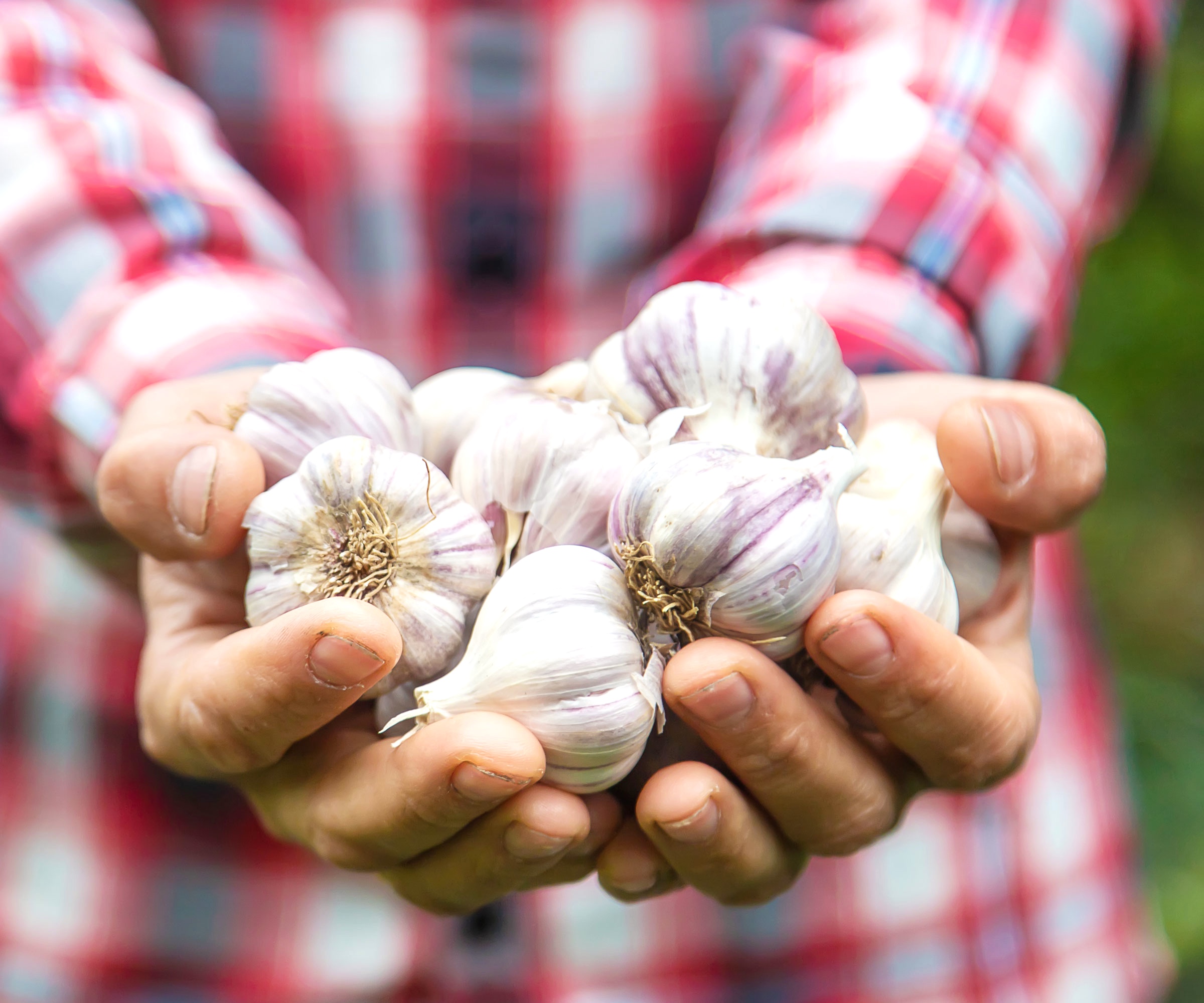
Zones 7-9 have mild winters, so the garlic planting schedule has to shift a little to avoid issues. The cold will be weaker here, which can interfere with hardneck varieties.
Planting Time: Late October to November
Late October is the prime time for planting garlic here. November works too, but don’t push it. You want cloves in before it’s too warm. Mild winters mean less chill for vernalization, so timing is tricky. Softneck garlic often beats hardneck in these zones. Plant these later in the year to avoid messing up your harvest.
Plant later in fall to avoid premature sprouting. Grow a softneck variety, like California Early Garlic, which thrives in warm climates.
These zones can still experience occasional cold snaps – protect your garlic with pine bark mulch, or plant them in a cold frame like this from Amazon to insulate the soil.
Zones 10-11
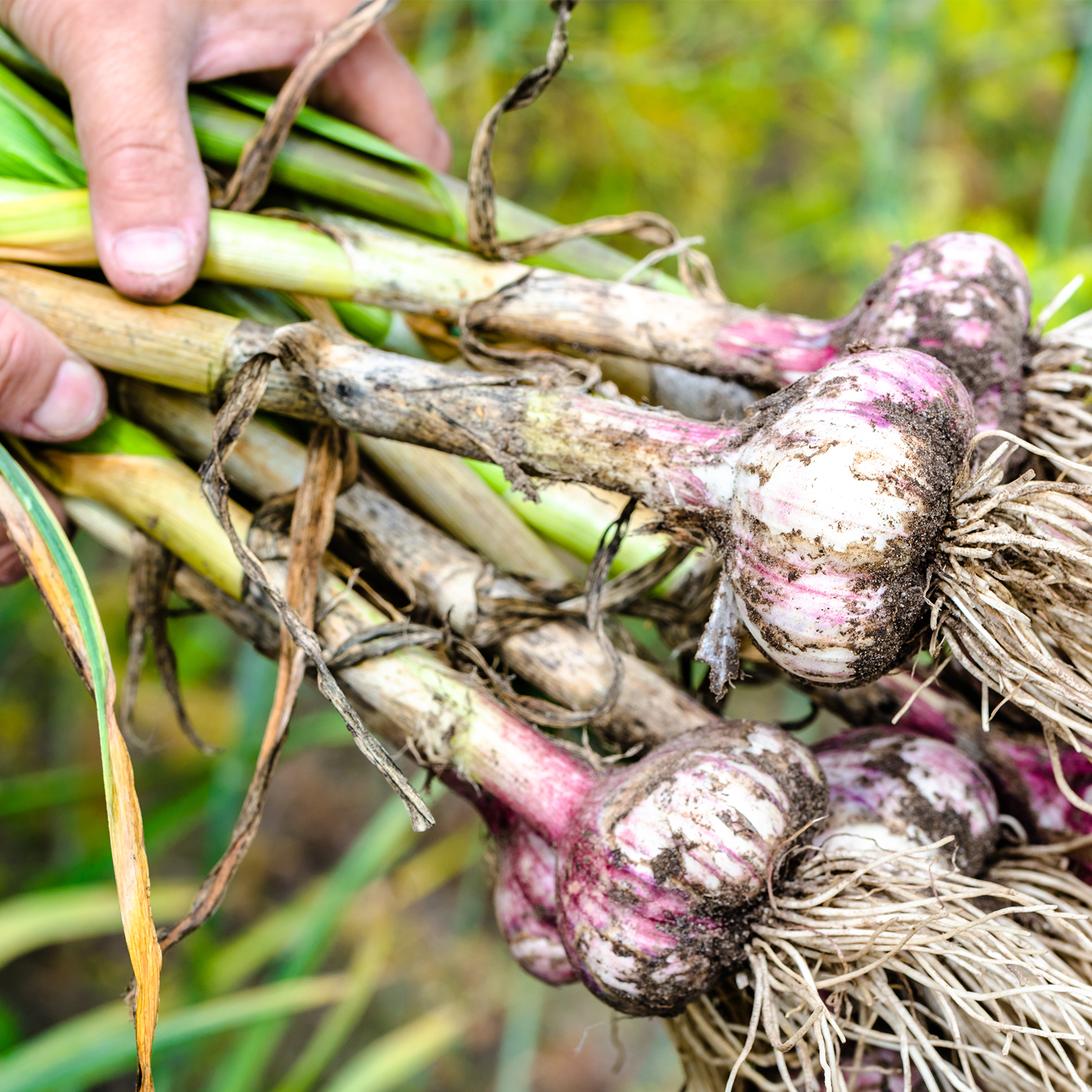
Zones 10-11 barely ever get cold. This tends to make garlic a little trickier. The garlic planting schedule needs just a little extra care to mimic chill for a solid crop.
Planting Time: Late fall to early winter
No real winter means vernalization is very tough. Garlic needs cold to form bulbs, so you need to plant during the least hot time, or give them a synthetic vernalization.
November to January is your window for planting garlic. Pick the coolest months to give cloves a fighting chance. Too warm, and they won’t bulb right.
Plant softneck varieties suited to warmth – Silver Rose Garlic grows well in hot climates. You can also chill your garlic bulbs for a synthetic vernalization. An Igloo Compact Refrigerator from Amazon is a compact fridge that’s perfect for chilling bulbs and other seeds.
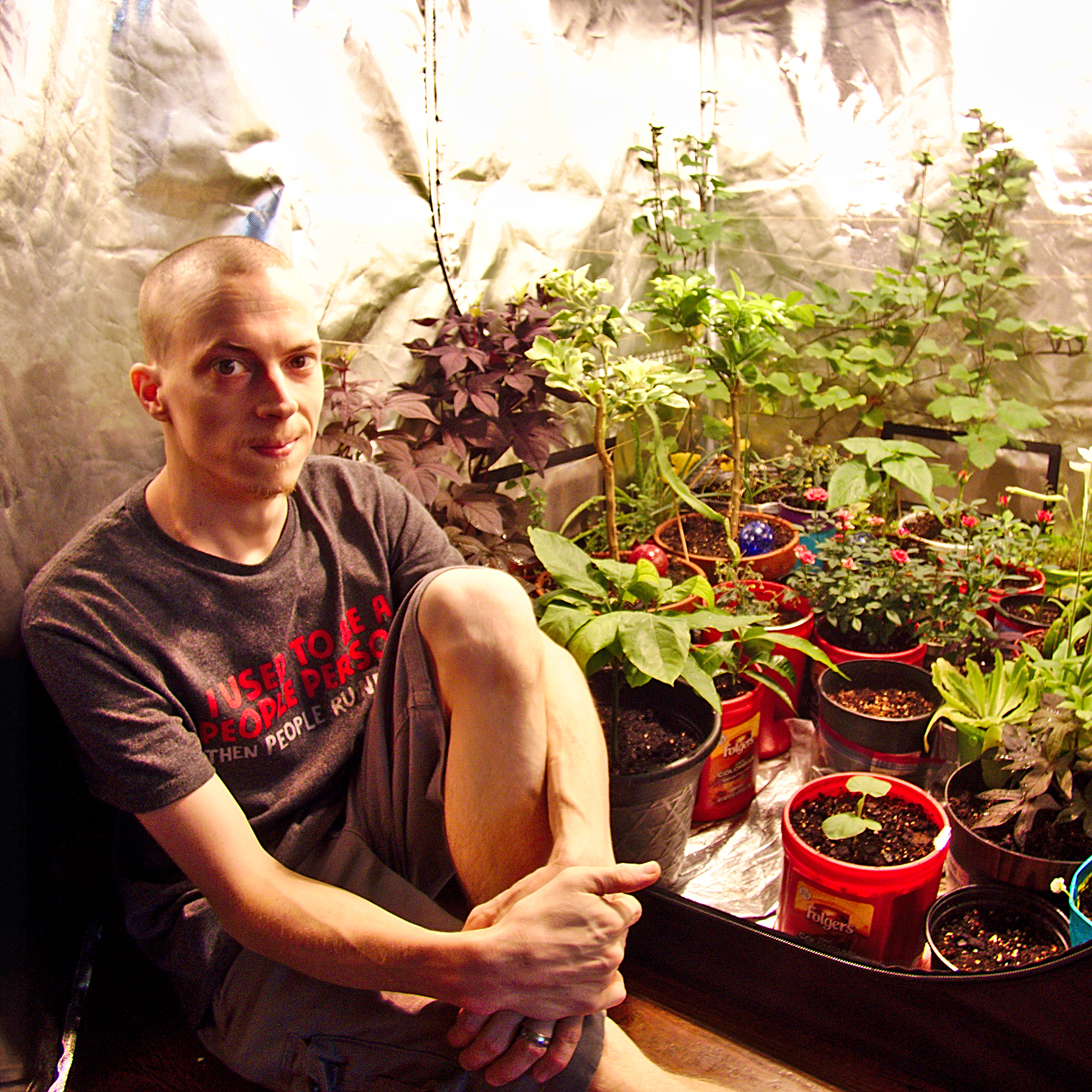
Tyler’s passion began with indoor gardening and deepened as he studied plant-fungi interactions in controlled settings. With a microbiology background focused on fungi, he’s spent over a decade solving tough and intricate gardening problems. After spinal injuries and brain surgery, Tyler’s approach to gardening changed. It became less about the hobby and more about recovery and adapting to physical limits. His growing success shows that disability doesn’t have to stop you from your goals.